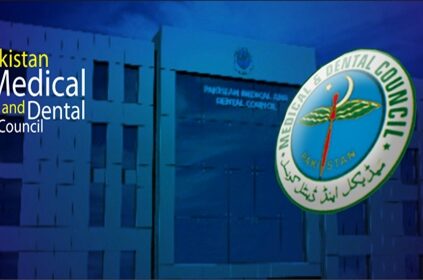🌫️ A Breath of Fresh Air for Punjab?
Punjab’s battle against smog and air pollution has reached a critical juncture, with Lahore consistently ranking among the world’s most polluted cities. In response, the World Bank has approved a $300 million (Rs. 84 billion) loan to implement long-term smog reduction strategies. This initiative, led by the Punjab Clean Air Program (PCAP), aims to cut particulate matter (PM2.5) levels by 35% over the next decade.
With 13 million residents in Lahore alone suffering from hazardous air quality, this funding promises sustainable solutions—but will it be enough to reverse years of environmental decline? Let’s break it down.
🌍 The World Bank’s Smog Reduction Plan: Key Measures
The $300 million loan will be strategically allocated across transportation, agriculture, and environmental monitoring. Here’s what the project will fund:
1️⃣ 400 Electric Buses for Lahore & Other Cities 🚍⚡
✅ Objective: Reduce vehicle emissions and modernize public transport
✅ Budget: $245 million for transport sector reforms
✅ Impact: Lower carbon footprint, reduced reliance on fossil fuels
Punjab will introduce 400 electric buses, a major shift towards sustainable urban mobility. Public transport emissions are a major contributor to Punjab’s worsening smog, and transitioning to clean energy vehicles will directly impact air quality.
2️⃣ 5,000 Super Seeders to Curb Crop Burning 🔥🌾
✅ Objective: Provide farmers with equipment to eliminate stubble burning
✅ Budget: $20 million for agricultural pollution control
✅ Impact: Reduced smoke and fine particulate emissions
Every year, farmers burn millions of tons of crop residue, leading to thick layers of smog that engulf cities like Lahore, Faisalabad, and Gujranwala. The government will distribute 5,000 super seeders to encourage eco-friendly alternatives for managing crop waste.
3️⃣ Expanding Air Quality Monitoring & Fuel Testing Labs 🌍📊
✅ Objective: Strengthen real-time pollution tracking & fuel compliance
✅ Budget: Part of the remaining $35 million for environmental reforms
✅ Impact: Data-driven policies, stricter fuel standards
Punjab will expand air quality monitoring stations and fuel testing labs to identify and regulate major pollution sources. This will ensure that industrial emissions, vehicle fuel quality, and domestic pollution levels are constantly monitored and controlled.
4️⃣ Regulatory Reforms & Public Awareness Campaigns 📢⚖️
✅ Objective: Enforce environmental laws & promote eco-friendly practices
✅ Impact: Long-term behavioral change & improved policymaking
The project will include policy-level changes such as stricter industrial emission regulations, mandatory pollution control technologies, and public education initiatives to drive behavioral shifts toward environmental responsibility.
📉 How Bad is Lahore’s Air Quality?
Punjab’s pollution crisis is one of the worst in the world:
- Lahore’s PM2.5 levels often exceed 300-400 µg/m³, which is over 30 times higher than the WHO’s safe limit of 15 µg/m³.
- Over 128,000 deaths per year in Pakistan are linked to air pollution.
- Air pollution causes respiratory diseases, heart conditions, and decreased life expectancy.
- Major pollution sources:
- Vehicles (43%) 🚗
- Industry (25%) 🏭
- Crop burning (20%) 🌾
- Household emissions (12%) 🔥
The World Bank’s initiative directly addresses three out of four of these causes, offering long-term relief to residents.
💡 Will This Initiative Work? Key Challenges & Roadblocks
While the project is promising, its success depends on execution. Some major challenges include:
🔴 Infrastructure Gaps: Are cities ready for a shift to electric buses? Is there a plan for charging stations and maintenance?
🔴 Farmers’ Compliance: Will farmers adopt super seeders, or will crop burning continue due to cost constraints?
🔴 Enforcement of Regulations: Past environmental policies have faced weak enforcement—will the new laws be strictly implemented?
🔴 Long-Term Sustainability: Will the government continue investing in clean air programs beyond this funding cycle?
If these issues are not carefully addressed, the program might face delays, underutilization, or resistance from stakeholders.
🚀 Conclusion: A Step in the Right Direction?
The World Bank’s $300M investment in Punjab’s smog mitigation efforts is a game-changer. By introducing electric buses, discouraging crop burning, and strengthening air quality monitoring, the province is taking concrete steps toward a cleaner future.
However, policy enforcement, infrastructure readiness, and stakeholder engagement will determine whether this initiative succeeds or falls short. Punjab’s fight against smog is far from over, but this is a strong step forward.
📢 What Do You Think?
💬 Should other cities in Pakistan adopt similar anti-smog programs? Do you think Punjab’s government will effectively implement these policies?
Drop your thoughts in the comments below! ⬇️















